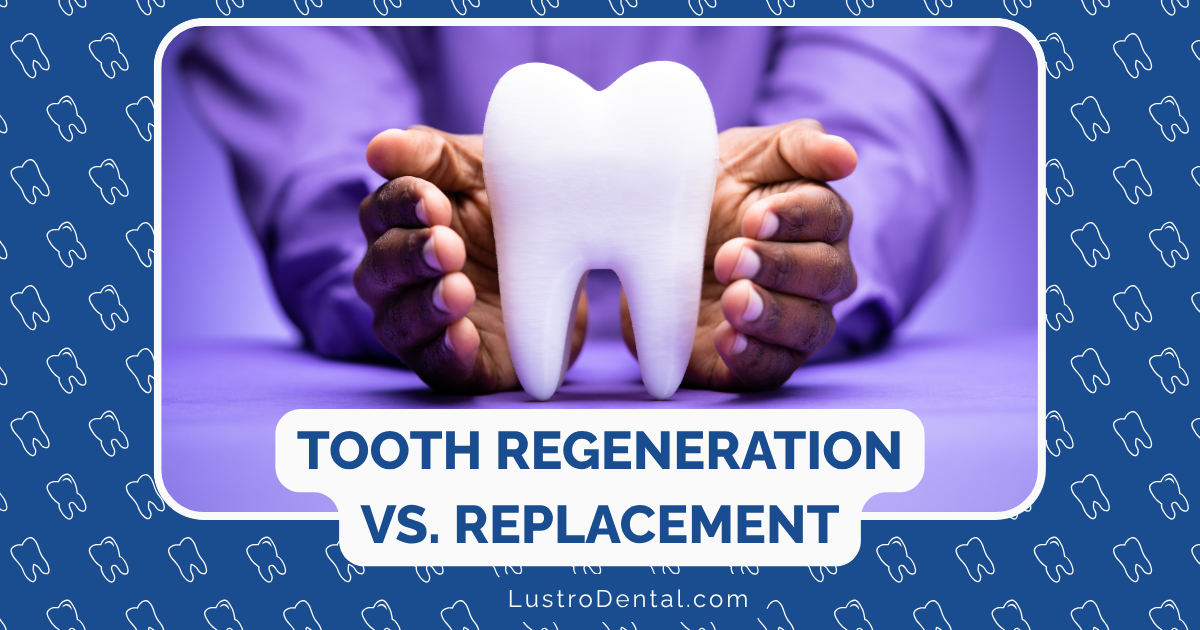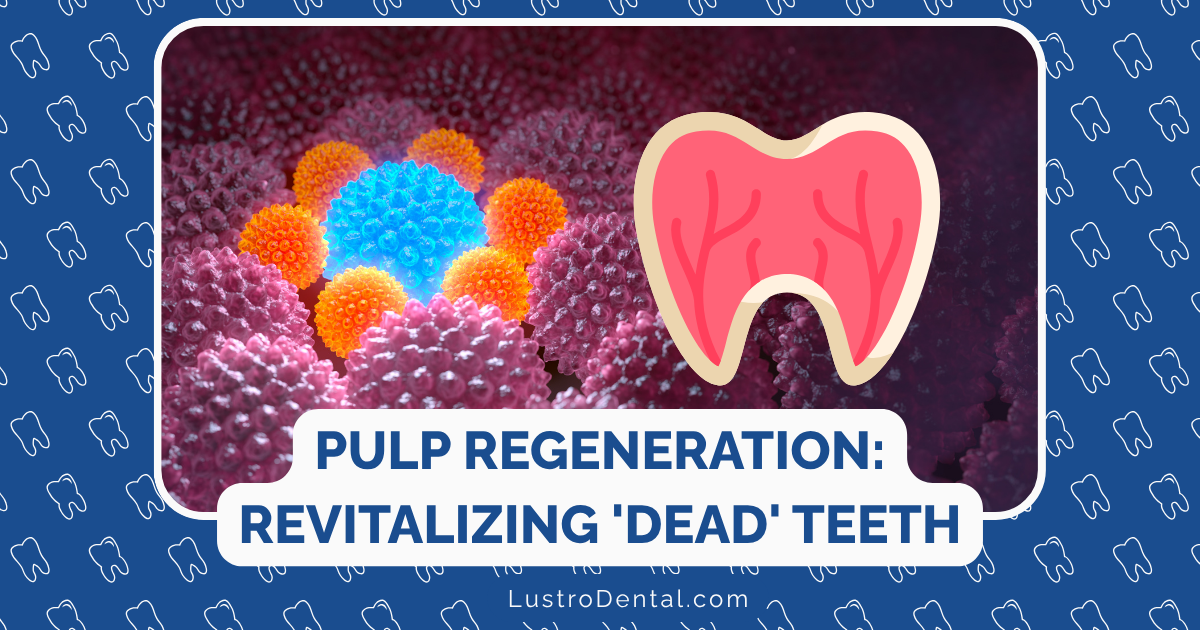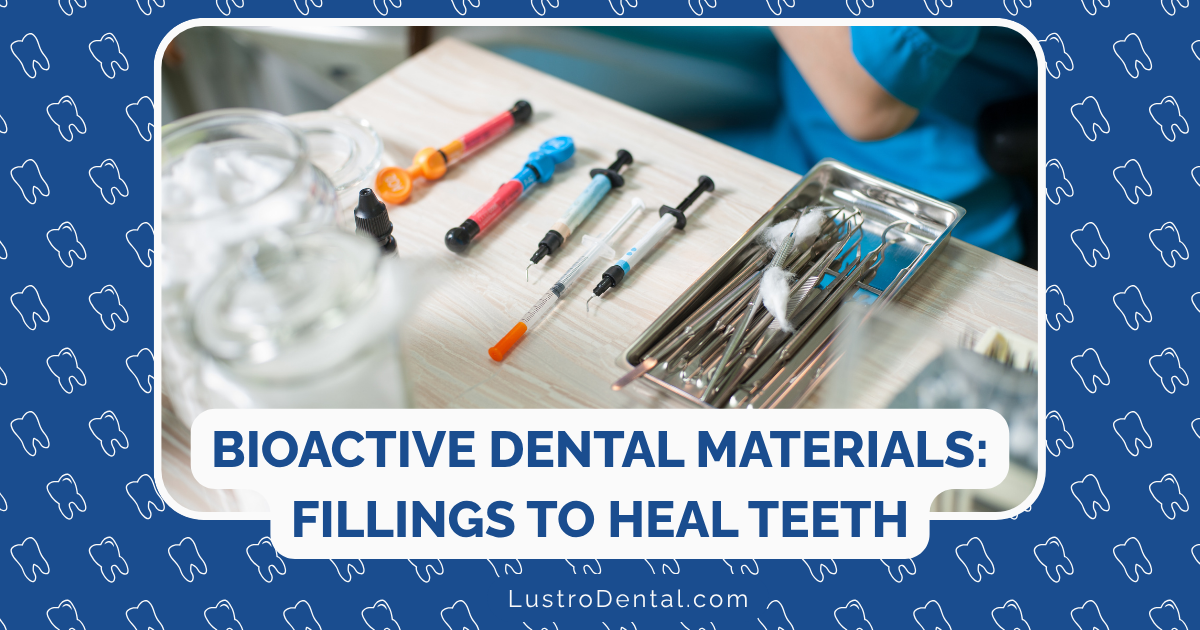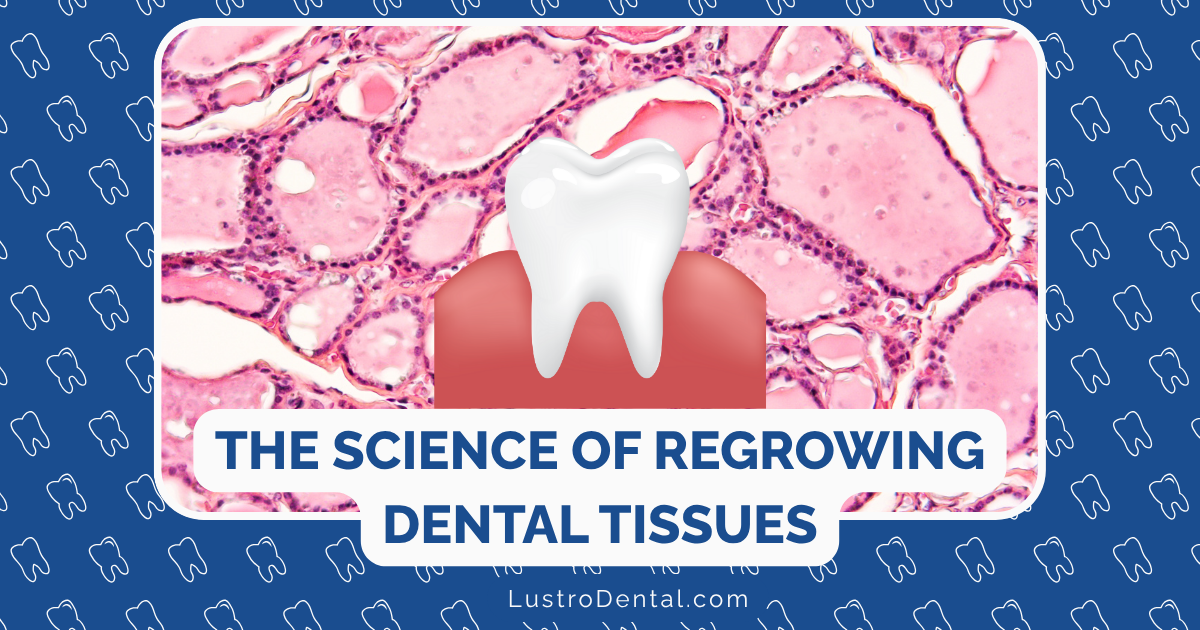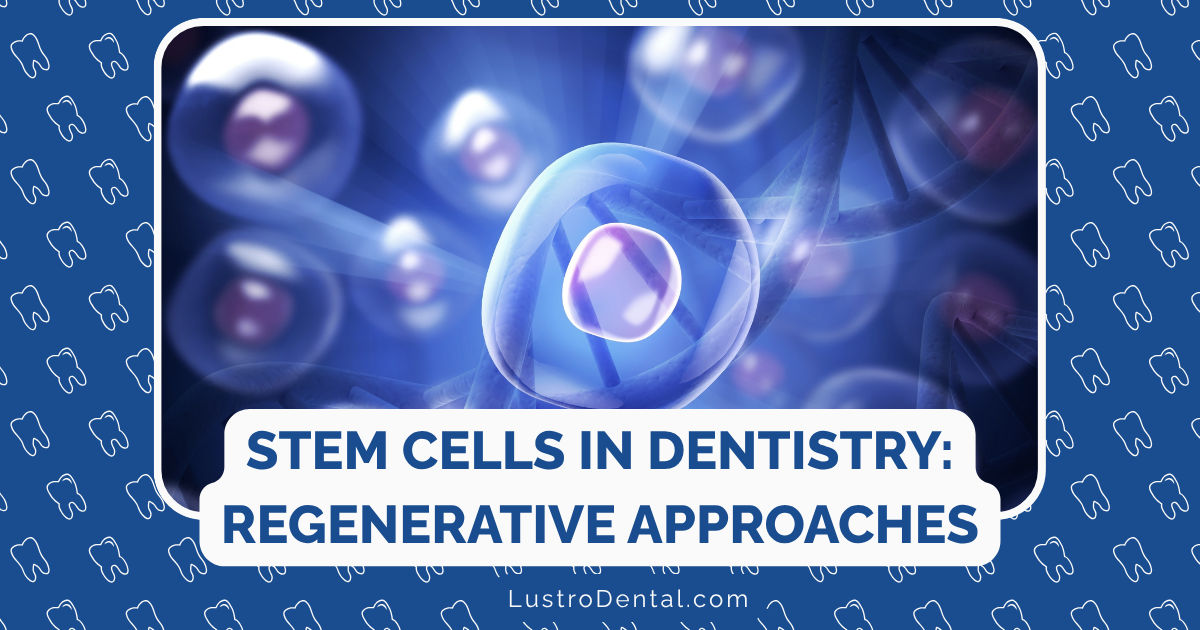3D Printed Dental Appliances: Custom Solutions at Lower Costs
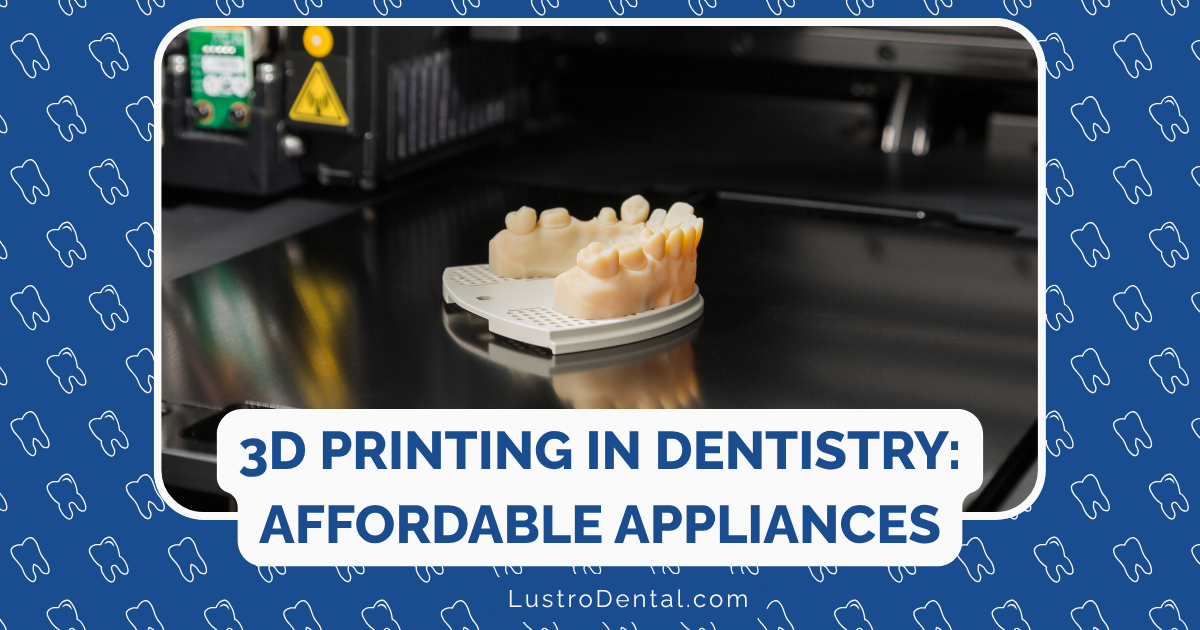
If you’ve had dental work done in the past few years, you may have noticed a transformation taking place in dental offices. The unmistakable whirring of 3D printers is increasingly becoming part of the dental landscape, revolutionizing how dental appliances are created. This technology isn’t just changing the process—it’s making custom dental solutions more accessible, precise, and affordable than ever before.
As someone who’s witnessed this evolution firsthand, I can tell you that 3D printing represents one of the most significant advancements in modern dentistry. Let’s explore how this technology is creating better dental appliances at lower costs, and what this means for your dental care experience.
The 3D Printing Revolution in Dentistry
How 3D Printing Works in Dentistry
Before diving into specific appliances, it’s helpful to understand the basic process:
- Digital scanning: Instead of traditional goopy impressions, your mouth is scanned using an intraoral scanner, creating a precise digital model
- Computer-aided design (CAD): Dental professionals design your custom appliance using specialized software
- 3D printing: The design is sent to a 3D printer that builds your appliance layer by layer using dental-grade materials
- Post-processing: The printed appliance is cleaned, cured, and finished for a perfect fit and appearance
This digital workflow eliminates many of the inefficiencies and inaccuracies of traditional manufacturing methods. According to Advanced Dental Export, the global 3D printing dental market was valued at approximately $3.2 billion in 2024 and is projected to reach $8.2-15.8 billion by 2033-2035, growing at a CAGR of 10.9-14.9%.
The Economic Impact
The financial benefits of 3D printing in dentistry are substantial:
- Lower setup costs: According to 3DPrint.com, a complete 3D printing office setup can be up to 10 times less expensive than traditional milling systems for comparable accuracy
- Reduced material expenses: Materials for 3D printing cost 10 to 30 times less than milling blocks
- Decreased labor costs: The automated nature of 3D printing reduces the need for manual labor
- Minimized waste: 3D printing is an additive process that uses only the material needed, reducing waste by up to 80% compared to subtractive methods
These savings ultimately translate to more affordable dental care for patients while maintaining or even improving quality.
Common Types of 3D Printed Dental Appliances
Clear Aligners and Retainers
Perhaps the most recognizable application of 3D printing in dentistry is in orthodontics:
Clear Aligners:
- Custom-designed to gradually shift teeth into proper alignment
- 3D printing allows for precise, patient-specific designs
- More affordable than traditional methods, with some providers offering aligners at 50-70% lower cost
- According to 3D Systems, the company currently manufactures approximately one million patient-specific clear aligners daily
Retainers:
- Maintain teeth position after orthodontic treatment
- 3D printed retainers offer improved fit and comfort
- Direct printing eliminates the need for thermoforming and trimming
- Enhanced clarity and durability compared to traditional options
LuxCreo notes that 3D printing eliminates several labor-intensive steps in retainer production, reducing both time and cost while improving precision.
Night Guards and Occlusal Splints
Protective dental appliances benefit significantly from 3D printing technology:
- Customized to fit perfectly over your teeth
- Available in various materials from flexible to rigid depending on needs
- Reduced production time from days to hours
- More comfortable due to precise digital design
- Lower costs due to streamlined production
According to 3D Systems, night guards represent a significant market opportunity as they address both teeth grinding and sleep apnea treatment, with new solutions planned for late 2025.
Dentures and Partial Dentures
3D printing is transforming the denture-making process:
- Complete dentures: Full replacement teeth and gums
- Partial dentures: Replace multiple missing teeth while preserving healthy ones
- Implant-supported dentures: Attach to dental implants for improved stability
The benefits include:
- Faster production (as little as nine hours for a full build of 15 arches)
- More precise fit due to digital accuracy
- Reduced costs through efficient production
- Potential for same-day delivery in some cases
- Improved aesthetics with multi-material printing
Digital Dental Studio highlights that 3D printing enables the All-on-X same-day full-mouth reconstruction technique, allowing patients to receive permanent, non-removable teeth in a single day.
Crowns, Bridges, and Other Restorations
Restorative dentistry has also embraced 3D printing:
- Crowns: Cap damaged teeth to restore function and appearance
- Bridges: Replace missing teeth by anchoring to adjacent teeth
- Inlays/Onlays: Repair damaged portions of teeth
The advantages include:
- Same-day delivery in many cases
- Precise fit with minimal adjustments
- Lower costs compared to traditional lab-made restorations
- Improved aesthetics with advanced materials
- Reduced chair time for patients
According to Capitol Dental, labor costs are significantly lower with 3D printing compared to traditional crowns, which require multiple visits and extensive manual work.
Surgical Guides and Models
3D printing also enhances surgical procedures:
- Surgical guides: Custom templates that ensure precise implant placement
- Anatomical models: Physical replicas of a patient’s oral structures for treatment planning
- Diagnostic models: Used to analyze and plan complex cases
These tools improve surgical outcomes while reducing procedure time and costs.
The Material Science Behind 3D Printed Dental Appliances
Advanced Dental Resins
The materials used in dental 3D printing have evolved dramatically:
- Biocompatible resins: Safe for long-term oral use
- High-strength materials: Durable enough for functional appliances
- Aesthetic options: Materials that mimic the appearance of natural teeth
- Multi-material capabilities: Combining different properties in a single print
SprintRay offers specialized materials like NightGuard Flex 2 for comfortable night guards, Apex Dentures with NanoFusion technology, and Ceramic Crown hybrid nanoceramic material for definitive crowns.
Material Innovations
Recent advancements include:
- Hybrid porcelain-resin materials: Combining the aesthetics of porcelain with the printability of resin
- Nanoceramic composites: Enhanced strength and wear resistance
- Color-matching technologies: Better aesthetic integration with natural teeth
- Antimicrobial properties: Materials that help prevent bacterial growth
According to Digital Dental Studio, up to 70% porcelain-hybrid materials are currently used in 3D printing for dental applications, providing a blend of strength and aesthetics.
Cost Comparison: Traditional vs. 3D Printed Appliances
Production Cost Factors
Several factors contribute to the cost advantages of 3D printing:
- Labor reduction: Less manual work required in the production process
- Material efficiency: Minimal waste compared to subtractive methods
- Time savings: Faster production means lower overhead costs
- Fewer appointments: Many appliances can be delivered in a single visit
- Reduced shipping costs: In-office production eliminates shipping expenses
Patient Cost Benefits
These production efficiencies translate to patient savings:
| Dental Appliance | Traditional Method Cost | 3D Printed Cost | Potential Savings |
| Clear Aligners | $3,000-$8,000 | $1,800-$4,000 | 30-50% |
| Night Guards | $300-$800 | $150-$400 | 40-60% |
| Dentures | $1,500-$3,000 | $900-$2,000 | 30-45% |
| Crowns | $800-$1,500 | $500-$1,000 | 30-40% |
| Retainers | $200-$500 | $100-$300 | 40-50% |
Note: Costs vary by location, provider, and specific case requirements. These figures represent general market trends.
ErgoMeta notes that by integrating 3D printing, dental labs and clinics can radically lower manufacturing costs, decrease material waste, and accelerate production timelines, passing these savings on to patients.
Quality and Durability Considerations
Precision and Fit
3D printed appliances often offer superior fit compared to traditional methods:
- Digital scanning captures more precise measurements than physical impressions
- Design software allows for detailed customization
- Layer-by-layer printing achieves complex geometries with high accuracy
- Digital workflow eliminates distortions that can occur with physical models
Longevity and Performance
Modern 3D printed dental appliances are designed to last:
- Crowns and bridges: Comparable durability to traditional restorations
- Dentures: Enhanced strength with new materials
- Clear aligners: More resistant to cracking and warping
- Night guards: Improved wear resistance for longer life
According to Benco Dental, 3D printing offers enhanced precision and accuracy in dental restorations, leading to better-fitting appliances that perform well over time.
Regulatory Compliance
Quality assurance is maintained through:
- FDA and ADA approval for 3D printing materials and processes
- Rigorous testing for biocompatibility and safety
- Standardized manufacturing protocols
- Regular quality control checks
The Patient Experience with 3D Printed Dental Appliances
Comfort and Convenience
Patients experience numerous benefits:
- Comfortable digital scanning replaces messy traditional impressions
- Fewer appointments with same-day or rapid delivery options
- Better-fitting appliances due to digital precision
- Customized solutions tailored to individual needs
- Reduced chair time with streamlined procedures
Smiles by Mia Dentistry highlights that 3D printing enhances dental appointments through improved efficiency and patient comfort.
Aesthetic Advantages
3D printing also offers aesthetic benefits:
- Natural-looking restorations with advanced materials
- Customized shading to match natural teeth
- Transparent options for aligners and retainers
- Personalized designs for a more natural appearance
The Future of 3D Printed Dental Appliances
Emerging Technologies
The field continues to evolve rapidly:
- AI-driven design tools: According to Advanced Dental Export, AI is reducing manual adjustments and improving patient outcomes by optimizing designs for fit and function
- Multi-material printing: Creating appliances with varying properties in different areas
- Bioprinting: Potential for printing living tissues for regenerative dentistry
- High-speed printing: Technologies like Continuous Liquid Interface Production (CLIP) and Digital Light Processing (DLP) enabling even faster production
Expanding Applications
New uses for 3D printing in dentistry continue to emerge:
- Temporary restorations with improved aesthetics
- Custom implant components tailored to patient anatomy
- Orthodontic auxiliaries like buttons and attachments
- Specialized appliances for TMJ disorders and sleep apnea
Making the Right Choice: Is 3D Printing Right for Your Dental Needs?
Questions to Ask Your Dentist
If you’re considering 3D printed dental appliances:
- Do you offer 3D printed options for the treatment I need?
- What materials do you use for 3D printing, and are they FDA-approved?
- How does the cost compare to traditional options?
- What is the expected lifespan of the 3D printed appliance?
- Will my insurance cover 3D printed dental appliances?
- What is the turnaround time compared to traditional methods?
Finding a Dentist with 3D Printing Capabilities
To locate dental practices offering 3D printed solutions:
- Ask about digital dentistry services when calling dental offices
- Check practice websites for mentions of 3D printing technology
- Read online reviews specifically mentioning digital dentistry experiences
- Request recommendations from friends or family who have received 3D printed appliances
Conclusion: The Democratization of Custom Dental Care
3D printing is fundamentally changing the accessibility of custom dental appliances. By dramatically reducing costs while maintaining or improving quality, this technology is making personalized dental solutions available to more patients than ever before.
The benefits extend beyond just cost savings. Improved comfort, convenience, aesthetics, and precision all contribute to a better overall patient experience. As the technology continues to advance, we can expect even more innovative applications and further cost reductions.
For patients, this revolution means more affordable options for addressing dental needs without compromising on quality. For dental professionals, it means the ability to offer custom solutions to a broader range of patients while improving efficiency and outcomes.
The future of dentistry is increasingly digital, and 3D printing stands at the forefront of this transformation—creating truly custom solutions at lower costs for everyone.
Have you experienced 3D printed dental appliances? How did they compare to traditional options in terms of comfort, cost, and quality? Share your experience in the comments below!


